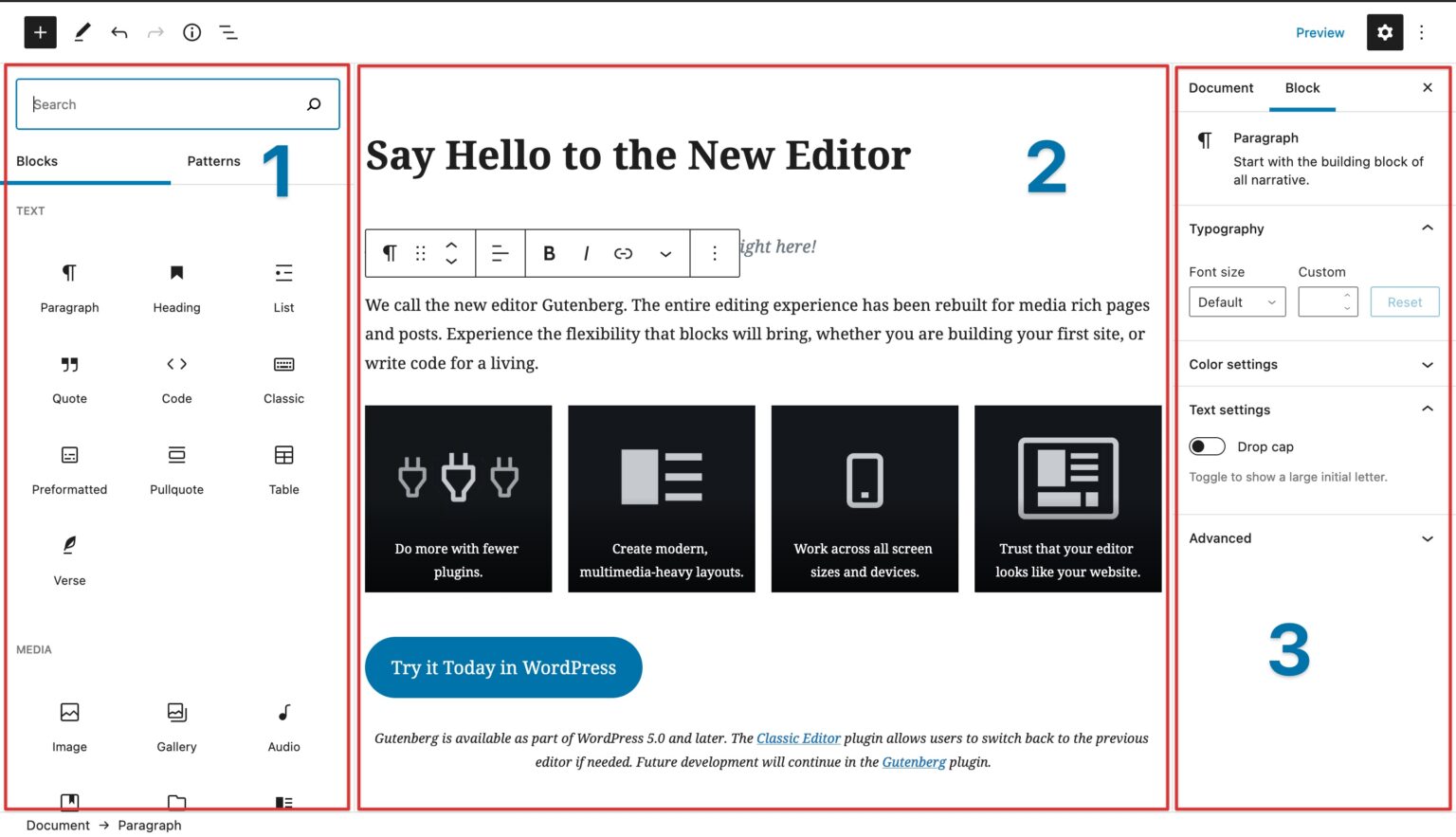WordPress is one of the most widely used content management systems on the market today. It powers 40% of the web. And WordPress, among other features, is much loved for its wide assortment of themes.
As of 2020, WordPress has 31,000+ themes available. (More than 10,000 of them are available for free!)
Recently “block-based themes” has become a common term. You can see it being casually thrown around in WordPress development circles.
Are you a developer who awkwardly gawks at others discussing block themes? Are you a business owner looking for advice about using block-based themes for your site? Do you just like learning new concepts and staying updated with tech information?
Either way, this is the guide for you.
Block-based themes for WordPress
In this piece, we will talk about:
- Block-based themes for WordPress
Let’s get started.
What are ‘blocks’ in WordPress?
Before we get to block-based themes, let’s quickly understand what “blocks” mean.
It is much like building a Lego set. You have the individual elements. You just need to pick the ones you want, place them where you need them, and voila! You have the full set ready.
Earlier, blocks could be used used to edit the pages and posts on your site. But with recent updates to Gutenberg (the WordPress block editor) the ease of block editing is being extended site-wide.
That is what has given birth to block-based themes.
What is a block-based theme?
WordPress does a commendable job of defining what a “block-based theme” is:
A block theme is a WordPress theme with templates entirely composed of blocks so that in addition to the post content of the different post types (pages, posts, …), the block editor can also be used to edit all areas of the site: headers, footers, sidebars, etc.
WordPress Developer Website
Block themes are a part of the WordPress Full Site Editing mission. The ultimate aim is to extend the familiar ease of blocks to the entire website.
Continuing the Lego example… It is as if earlier you could only add furniture blocks to the various rooms in your Lego house. But now you can also customize your hallways and passages, the terrace, and the garden of your Lego house. All by using a bunch of blocks.
It is simpler. It is better. And it is definitely more fun.
Benefits of block-based themes
Simply stated the key advantage of block-based themes is their ease of use. How?
Here are the various benefits of block-based themes which contribute to ease of use.
Breaking the coding walls
Block editing for pages and posts has been around for a long time. But it is only recently that you can edit the entire site with blocks. With block themes, you can edit headers, footers, and sidebars using drag-and-drop elements too. Thus, the coding glass wall is breaking.
Elements that were hidden behind walls of code are now easily accessible with block editing.
Wider accessibility to features
Most people used to let go of editing some elements because it was hard to find the right options. Thus, there was always a trade-off between customization and convenience. Block themes let you get the best of both worlds. All the elements on the side ad all the sections are easily editable with blocks.
Better response time
Not many people know this, but cluttered code is the number-one reason for slower website response time. And slower response times result in a less than satisfactory user experience. All this together is responsible for a downward spiral of search engine visibility.
Before, it was difficult to ensure that your theme has clean code. But with block-based themes, you get that. There is no unnecessary code in block themes, which improves response time.
Enhanced visuals
Given that block-based themes give you better customization control, you can of course make sure that you get the design that you have in mind. The ease of use also ensures that you update your site more often and thus, keep up with the latest design trends.
Where do block-based themes lack?
To be honest, the concept of block-based themes is still in its infancy. The current users of the block themes are more like testers and early adopters. And while the potential of block themes is promising, there are still some doubts.
The key areas where block-based WordPress themes lack include:
Limited community support
WordPress is known for its broad community base. Block-based themes currently lack that.
Limited variety
While there are thousands of traditional themes, there are only a handful of block themes. This means that if you choose a block theme today, your site is likely to look like the others with the same theme.
Limited knowledge base
There is a lot that can be done with WordPress block themes. But you have to try and explore that on your own. This is because the knowledge base for block themes is very thin right now.
Given the potential of block-based themes and the kind of love they are receiving from users and experts, these lacunae are likely to resolve in the coming times.
Should webmasters switch to block-based WordPress themes?
If you are creating a new website, it is better if you choose a block-based WordPress theme. That’s primarily because block themes are the future. And if all your competitors will anyway have block themes, it is worth matching them and not getting left behind.
However, if you already have a WordPress website, the decision can be complicated.
Changing your WordPress would mean that all the existing pages on your site will have to be rebuilt (or at least retouched).
This would take a lot of time and effort. Not to mention a lot of money will be needed to rope in WordPress developers who can do the theme change.
Is it worth it? Probably not. However, when you do reconsider a website redesign (which should be every 3-5 years) you should consider switching to a block-based WordPress theme.
Some examples of block-based themes for WordPress
Looking to get started with block-based WordPress themes for your personal website or a business site? Here are some popular and feature-loaded theme options to consider.
Twenty Twenty-Two

What makes Twenty Twenty-Two special: Since it is the default theme for WordPress, it is absolutely free to use.
GeneratePress
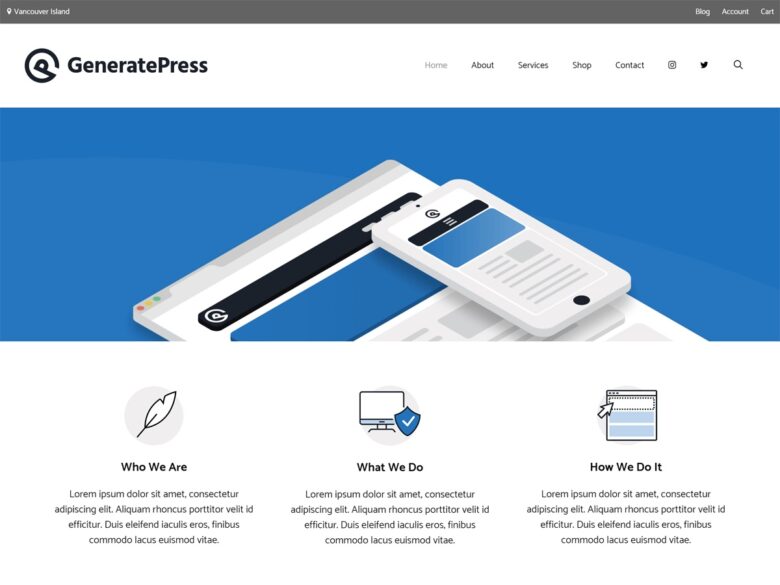
What makes GeneratePress special: It comes with 60+ color controls and 5 sidebar layouts.
Blockbase
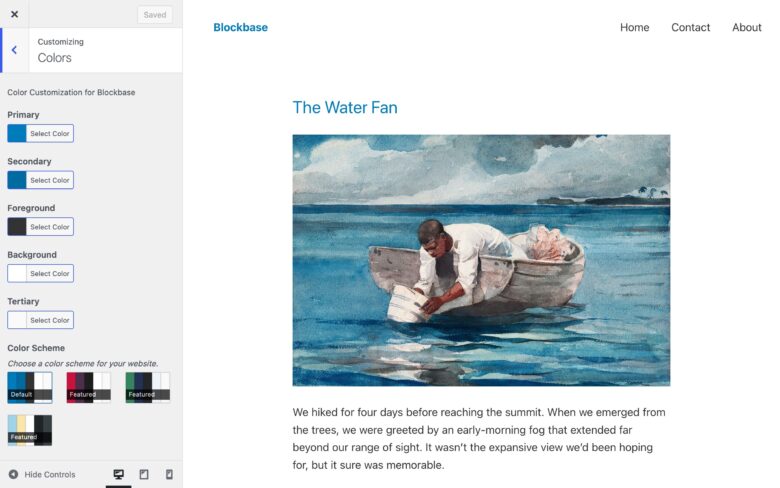
What makes Blockbase special: Available for free, plus comes with a minimalistic design and 17 color palette options.
Divi
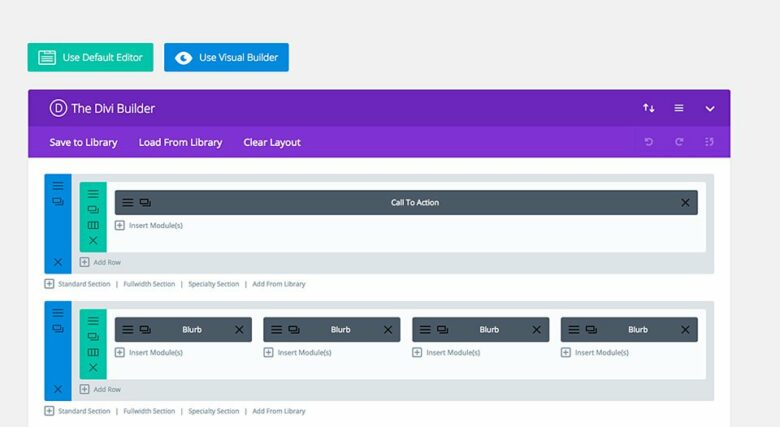
What makes Divi special: 800+ pre-made designs and 40+ elements including forms, slider, gallery, and call-to-actions.
Tove
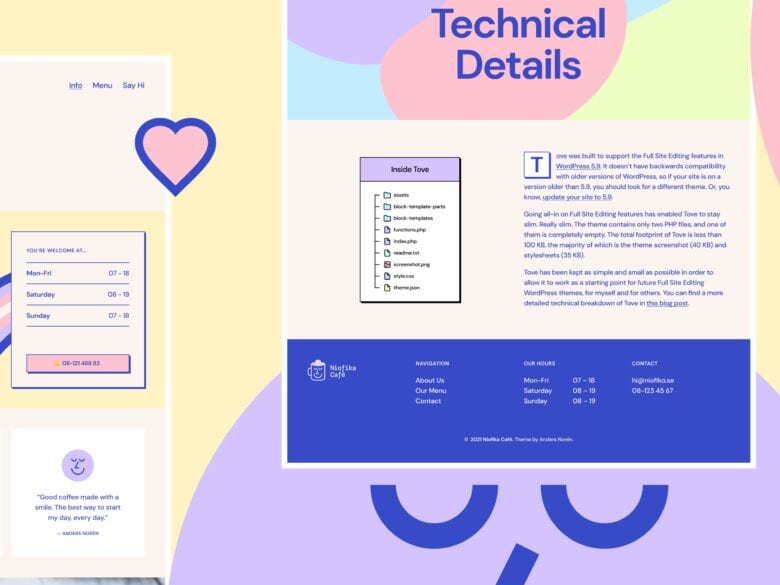
What makes Tove special: Available for free, Tove offers 40+ block patterns, 6 header designs, and 7 footer designs.
Will block-based themes for WordPress replace WordPress developers?
Block-based themes will, no doubt, make creating and editing stunning WordPress websites a breeze. But that does not mean that it will replace the need for expert WordPress developers.
Using the block editor to edit pages, posts, and even header, footer, and sidebars requires a lot of expertise. Also, the more knowledge of HTML and CSS you have, the wider will be your scope for customization.
Thus, website owners should hire a WordPress developer, even if they are leveraging a block-based theme for their website.
And now that you know everything about WordPress block themes, it is time to just find a dedicated WordPress developer and get your website live soon.
This post is brought to you by Uplers.
